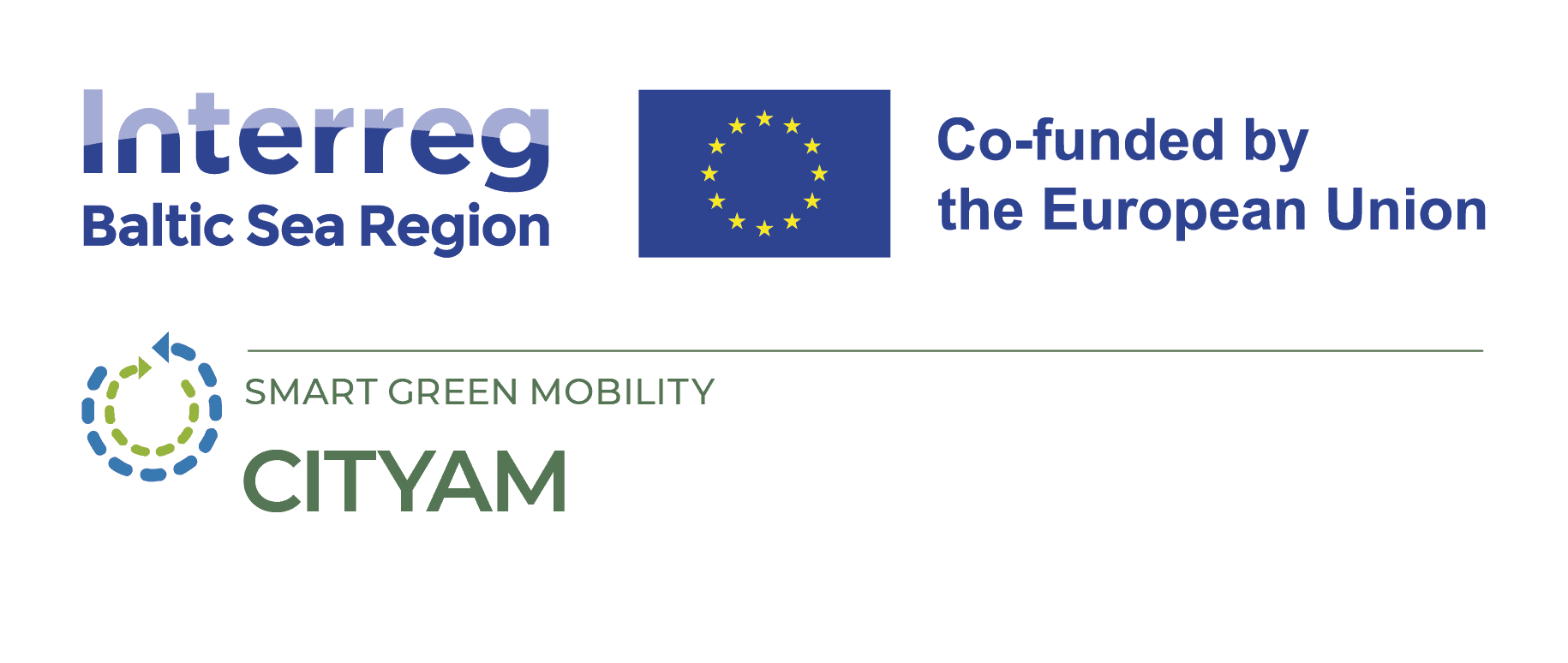The pilot marked a shift from technical demonstration to operational learning, showing how large cities can integrate drone technology into existing infrastructure and operations.
The drone-in-a-box system, supplied by Nokia, allowed a drone to take off and land automatically from a fixed station that also stores and charges the aircraft. A remote pilot and visual observers were part of the crew on site to ensure regulatory compliance and safety. In time, the goal is to manage these flights remotely. That change could make operations more scalable and cost-effective than having a pilot for every mission.
Unlike trials carried out in controlled areas, the Farsta test took place in an active neighbourhood, surrounded by people and traffic. It offered a glimpse of how autonomous systems perform when they meet the pace of real city life — and what that means for future use. Over time, such systems could support city operations ranging from infrastructure inspections to environmental monitoring and emergency response.
The outcomes from the Farsta trial are now being analysed to support Stockholm’s continued work on drone integration.






